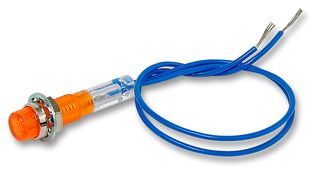garygid
Well-known member
This first post is an incomplete overview of the "120-to-240 Adapter Kit" (Rev 1), including a simple Neon 240v-Present Indicator, but no Buzzer.
The main wiring and the use of two AC 120v-coil relays for safety has few options.
------------
NEW: The "240-Stubby" version uses an output "pigtail" with an in-line L6-20R connector ... instead of a wall-socket L6-20R "inside" the box.
-----------
The next post will contain a detailed Parts List for this specific Kit and links to most sources.
The 3rd post is possible Assembly Instructions for the Kit.
The 4th post will cover Tools, etc.
LEGAL WARNING: Use the information in this thread ENTIRELY at your OWN RISK. There might be mistakes or omissions. If you are not competent to evaluate AND attempt this project, get professional help.
The main wiring and the use of two AC 120v-coil relays for safety has few options.
------------
NEW: The "240-Stubby" version uses an output "pigtail" with an in-line L6-20R connector ... instead of a wall-socket L6-20R "inside" the box.
-----------
The next post will contain a detailed Parts List for this specific Kit and links to most sources.
The 3rd post is possible Assembly Instructions for the Kit.
The 4th post will cover Tools, etc.
LEGAL WARNING: Use the information in this thread ENTIRELY at your OWN RISK. There might be mistakes or omissions. If you are not competent to evaluate AND attempt this project, get professional help.




